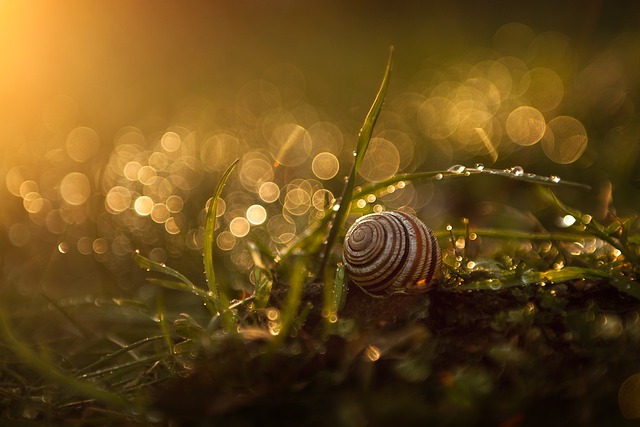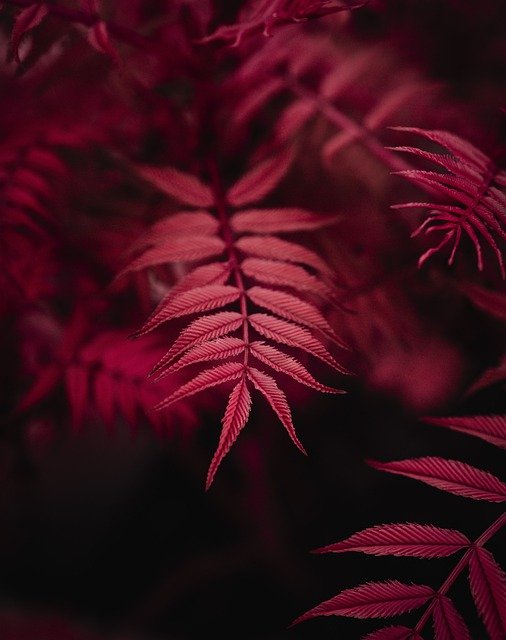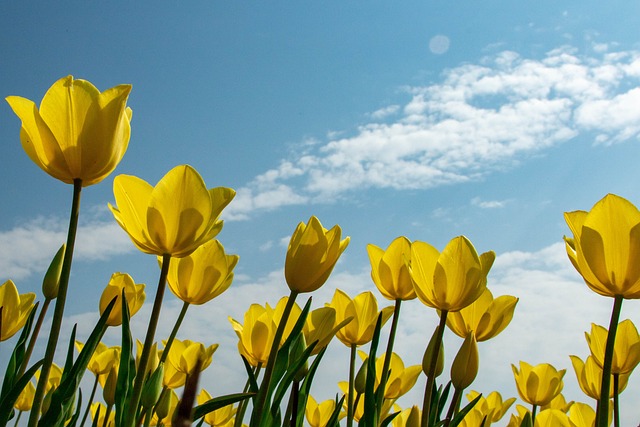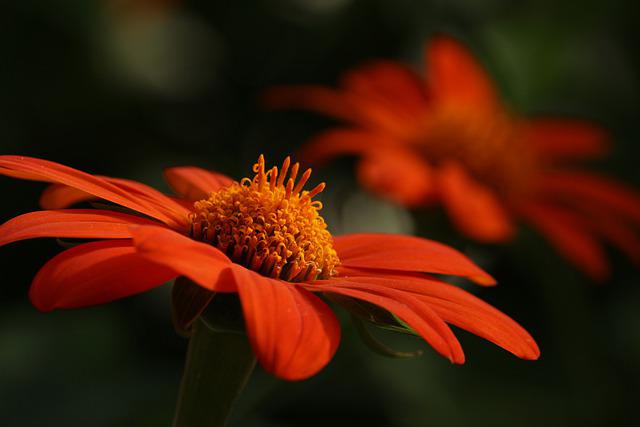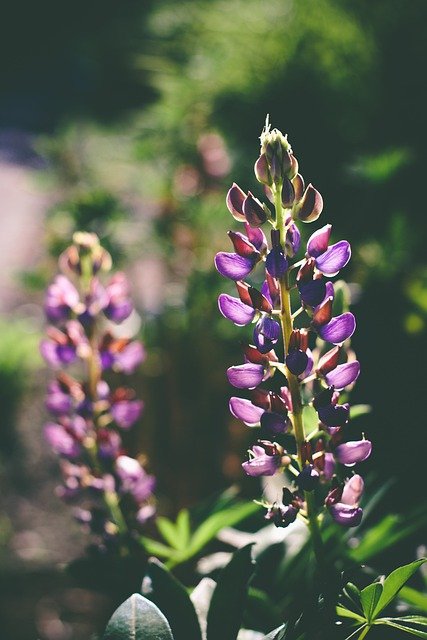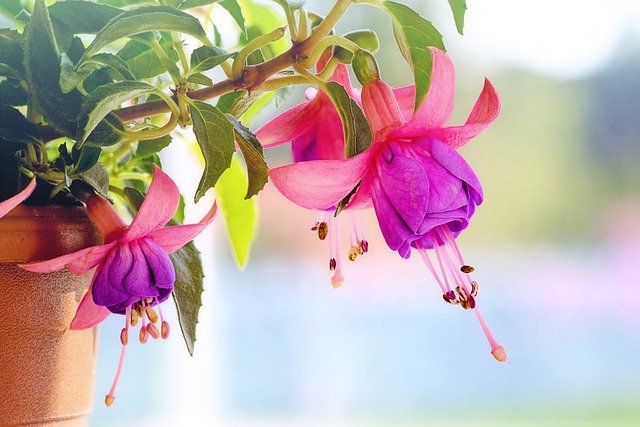
Horticulture isn’t just a means to adorn your landscaping. In fact, it is even more than simply a hobby for enthusiasts with green thumbs. A garden provides the person who has put time into it a way of finding tranquility, peace, and a feeling of appreciation of life. Even better if you’re a good gardener, you can see tremendous effects.
Starting seedlings in pots before planting in your garden is a smart idea. This boosts the chance that the plants can survive to adulthood. In addition, it offers you a smaller time frame between plantings. After you remove the mature plants from your garden, you can immediately replace them with the seedlings and start the cycle over again.
Bulbs planted in the spring can flower all the way into summer. Most bulbs are hardy and require little to no care in order to develop into beautiful perennials that will reappear each and every year. Keep in mind that different bulb types bloom differently and at different time periods, so when you choose a bulb plan accordingly, you can have your plant blooms lasting spring into summer.
When autumn has arrived, you must plant everything you want to eat before winter. Why not plant lettuce and kale inside a hollowed-out pumpkin? After cutting an opening and removing the meat and seeds from inside the pumpkin, use Wilt-Pruf, sprayed throughout the inside and cut edges, and prevent rot from occurring. After that, your pumpkin planter is ready to use!
Make sure that your deciduous shrubs are protected. If you have a few potted shrubs, they should be shielded from the wintry weather. Tie these canes at the top, and place a blanket over it. When you do this you allow air to flow and circulate which can actually prevent rotting, this method is great and better than just wrapping your plant in some plastic.
You should divide irises. You can get more irises by dividing the overgrown clumps. If you notice a dead foliage, lift the bulb. If you split the bulbs that you pull up, and replant them, they will bloom the following year. Make use of a knife to split up rhizomes. Cut new outside pieces and dispose of the center. Every piece needs to have a minimum of one good offshoot. Replant immediately.
The best gardens will evolve from original seeds rather than transplanted items. It’s better for the environment to begin from seed. Plastics from nurseries aren’t recycled often, which causes them to go into landfills; so try starting with seeds, or buying from organic nurseries.
There is always a best time to pick your garden’s vegetables, and you should know them. Every vegetable has a proper time to be picked in order to capture the perfect flavor. As an example, zucchini and baby peas both have the best flavor when they are harvested at a young age. Tomatoes, however, are best picked from the vine later when they are very ripe. It’s best to learn when the harvest time is for your vegetables.
Efficiently water your garden. Put down the watering can or garden hose, and spread out a time-saving soaker hose instead. Use low water pressure with your soaker hose so that the force of the water does not harm sprouts and seedlings. Let it water the plants for a while as you do other things.
Vegetables are softer in the heat of the hottest part of the day; even gently picking them at that time can damage them. Cut vegetables off at the vine, and don’t twist them off, as this could hurt the plant.
Get your children interested in helping with your organic garden. Gardens are a wonderful place for kids to learn, and working side by side with them can strengthen the bond that you have.
If you have children, plant strawberries, especially everbearing strawberries, in your organic garden. Little ones will be more likely to help when they can enjoy the fun of harvesting their own fruit.
As you are working in your garden, you must take care to protect both knees. Bending over for a long while is quite difficult for a lot of people. Kneeling allows you to reach your plants easily and is healthier for your back and legs. A knee pad can be placed under your knees to protect them from damage and strain while you are working.
If you have a high priority for sustainability in your organic gardening, try leaving a corner of the property undeveloped as a mini wildlife refuge. The presence of native flowers, trees and grasses will attract birds and insects. You will be rewarded by an appealing and flourishing landscape.
To make the most of your time in the garden, you should store all of your tools and implements in a close, accessible location. You have several options including using a bucket to hold your tools or wearing pants with lots of sturdy pockets. Have shears, a trowel, gloves and other commonly used garden tools portable and easy to access.
Soil health can be improved by adding mulch. Mulch acts as a protective shield for the soil it covers. The soil will stay cool in high heat, preventing damage to the roots. By reducing the evaporation rate of your soil, you will not need to water as often. Mulch also prevents the growth of weeds.
Use the above tips to revitalize your garden. You will be rewarded by healthy plants full of life. Garden can completely change your life if you allow it to, so start today.


